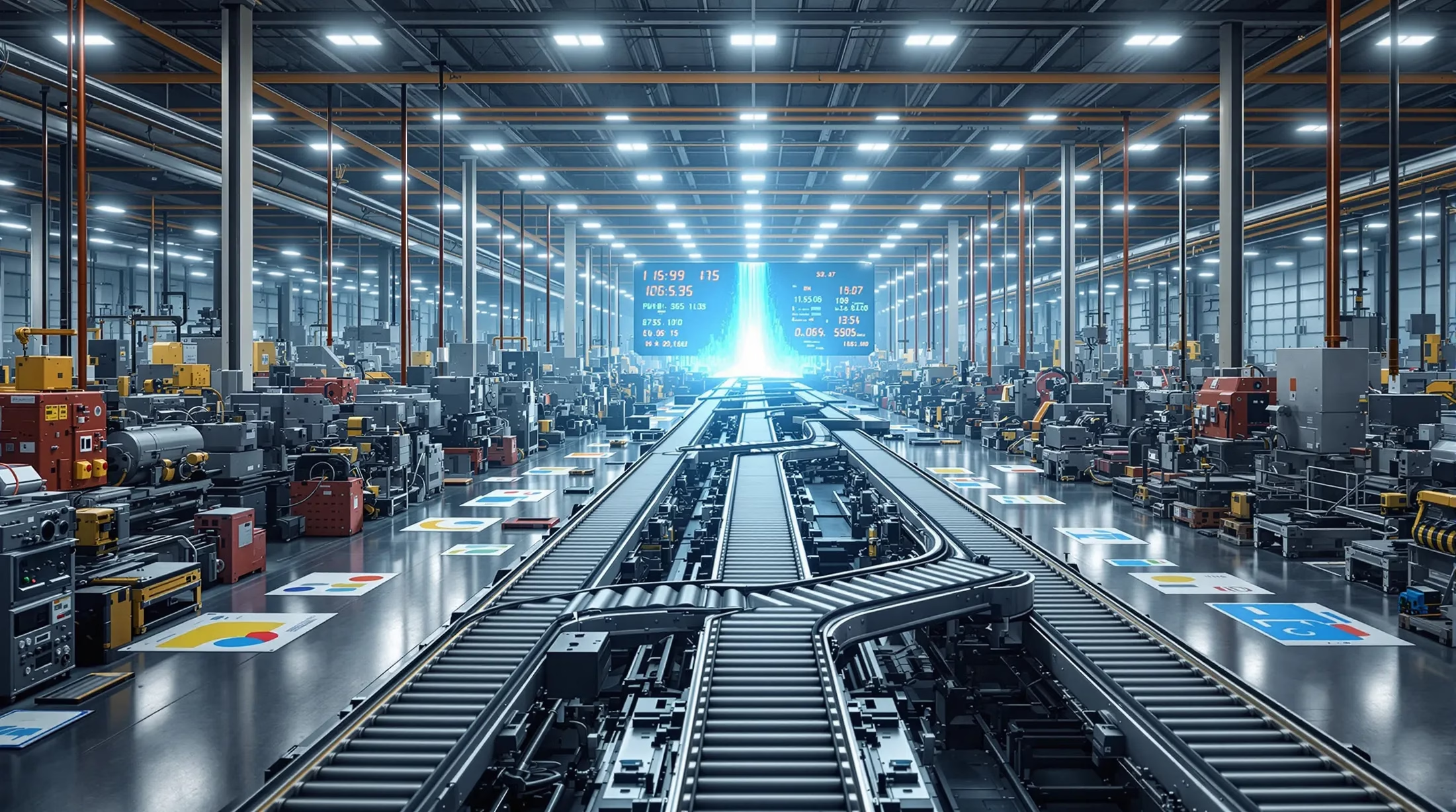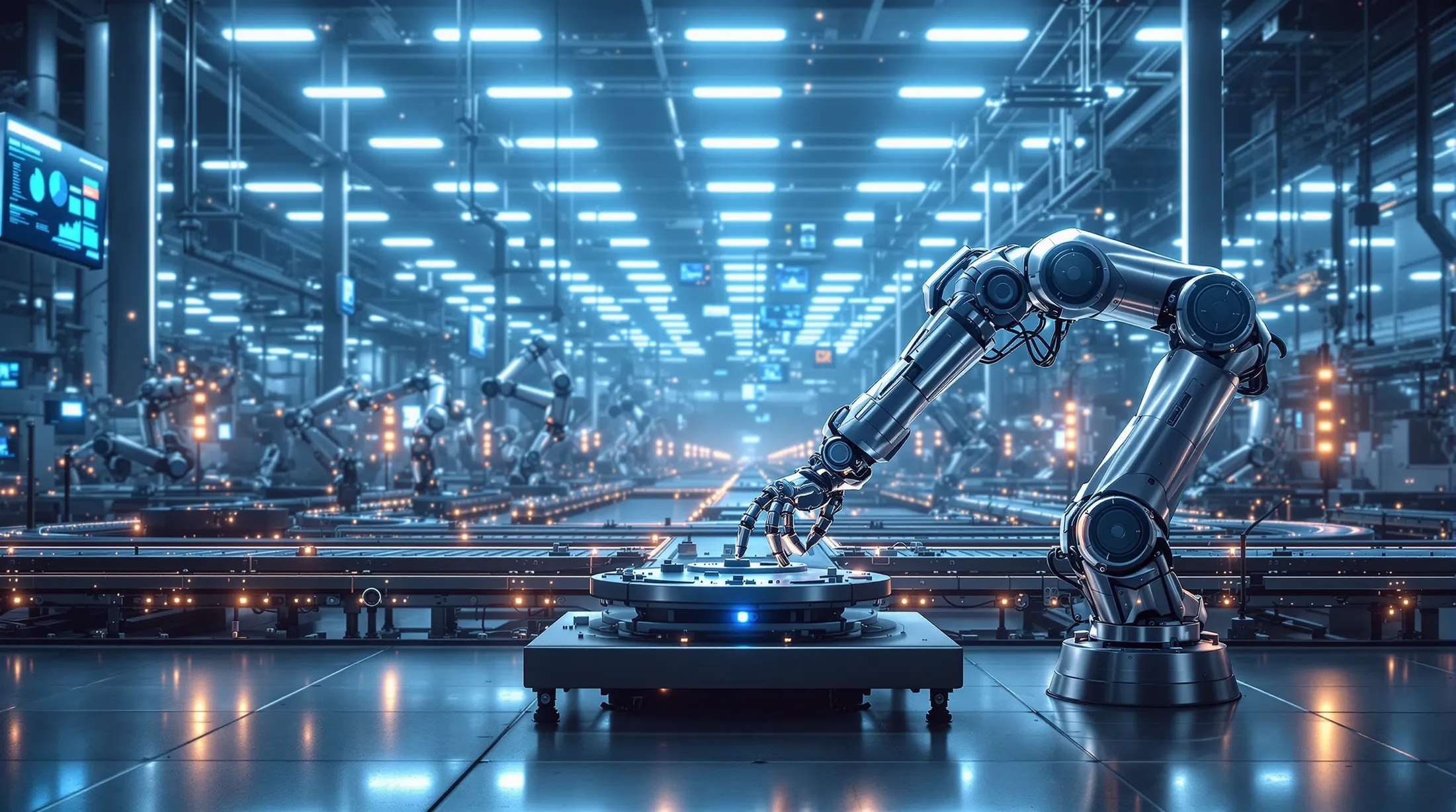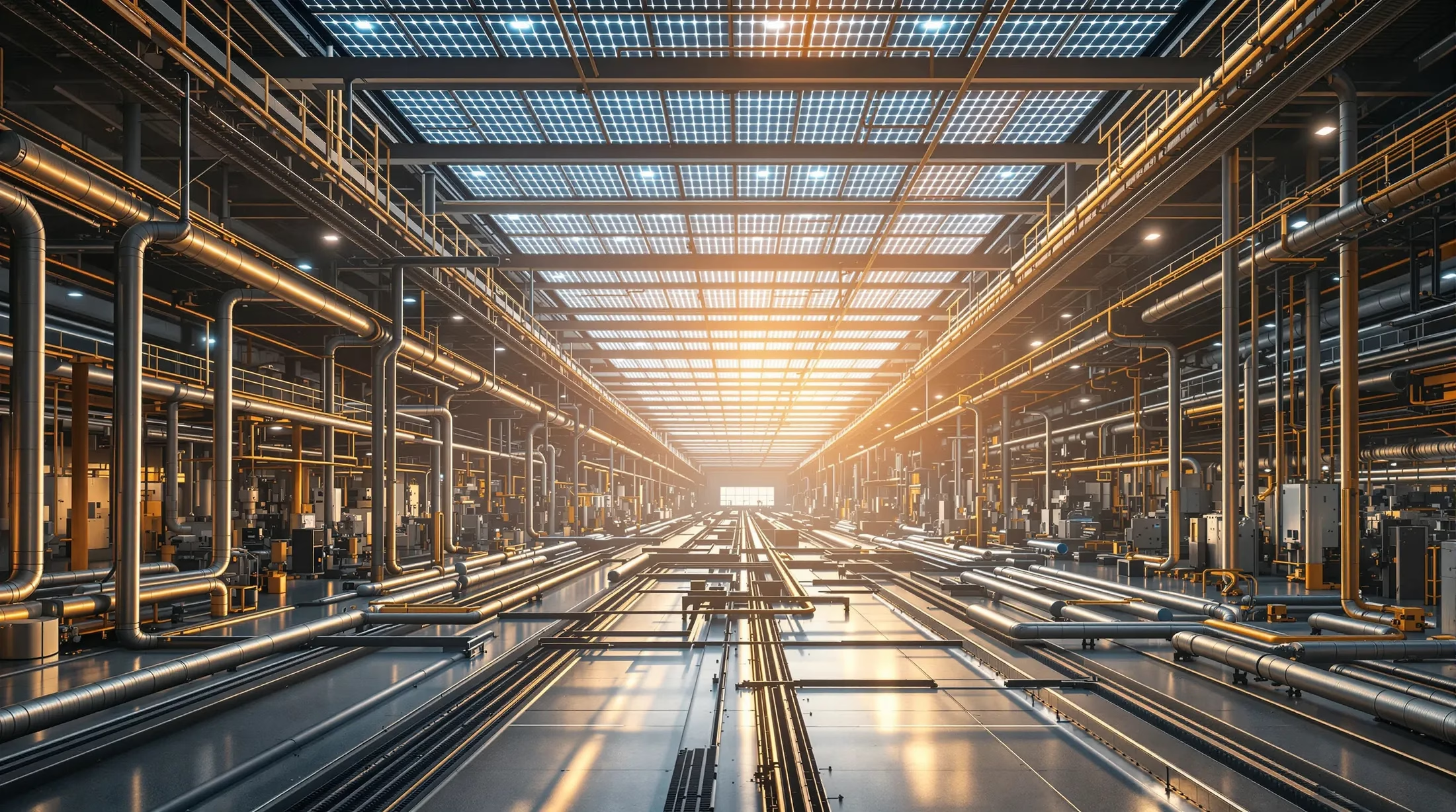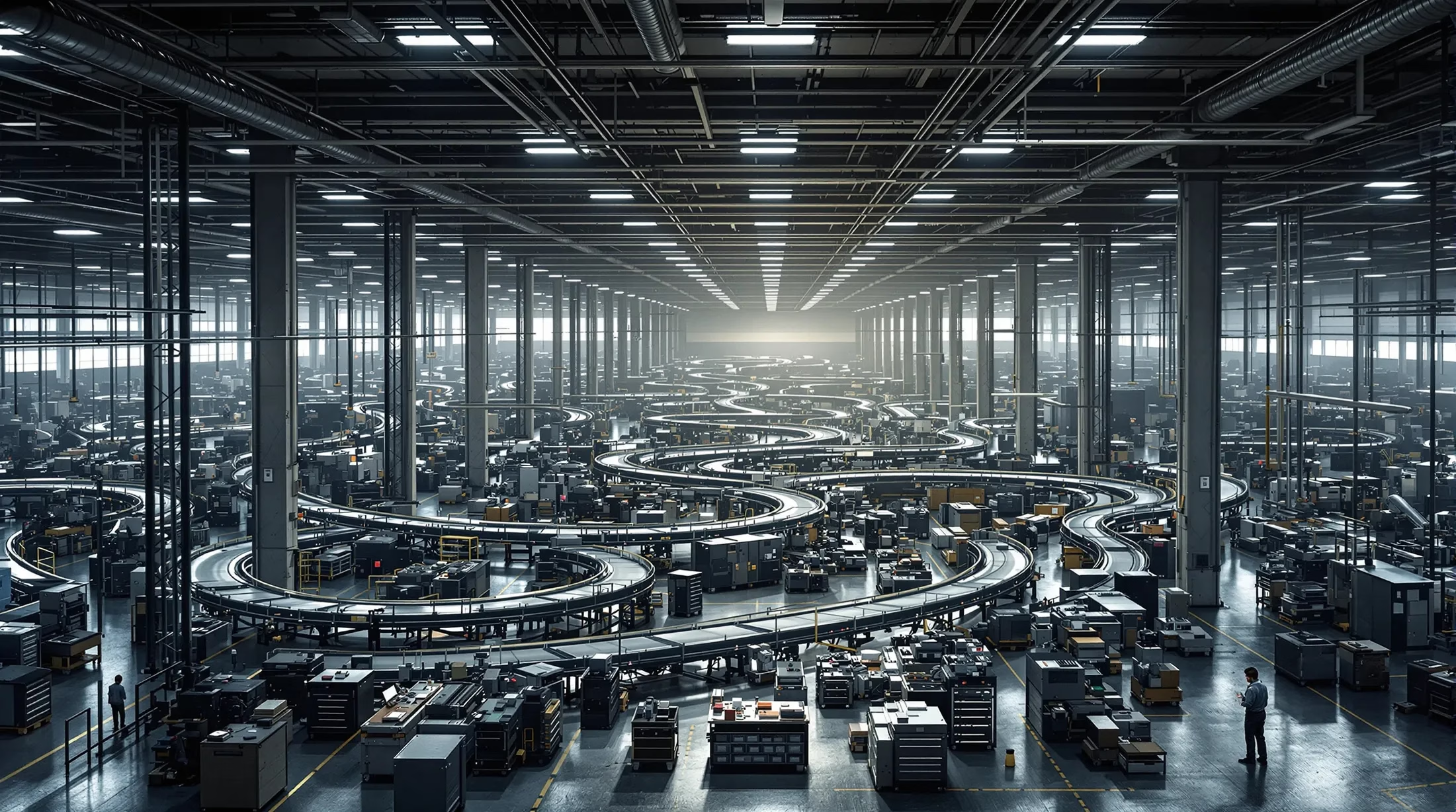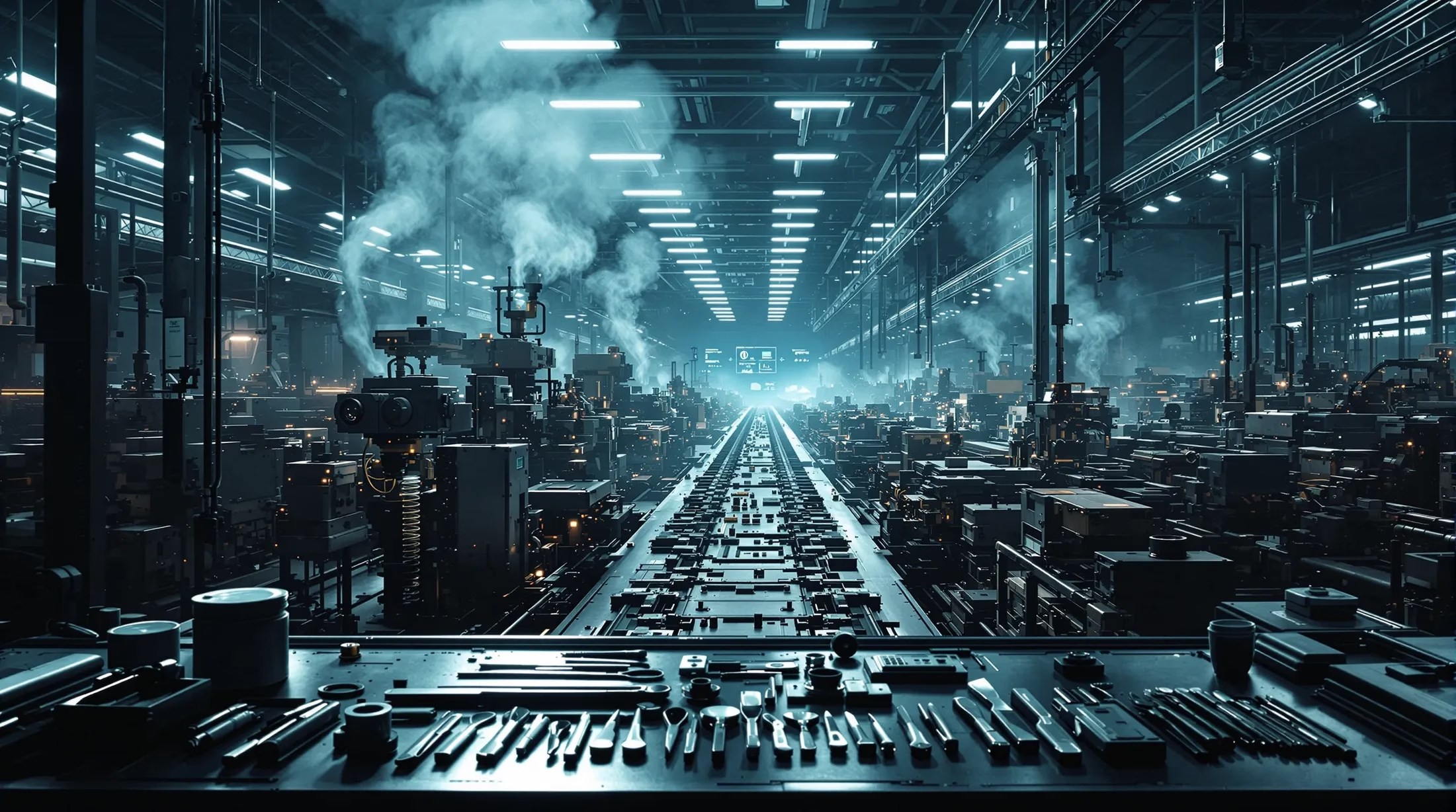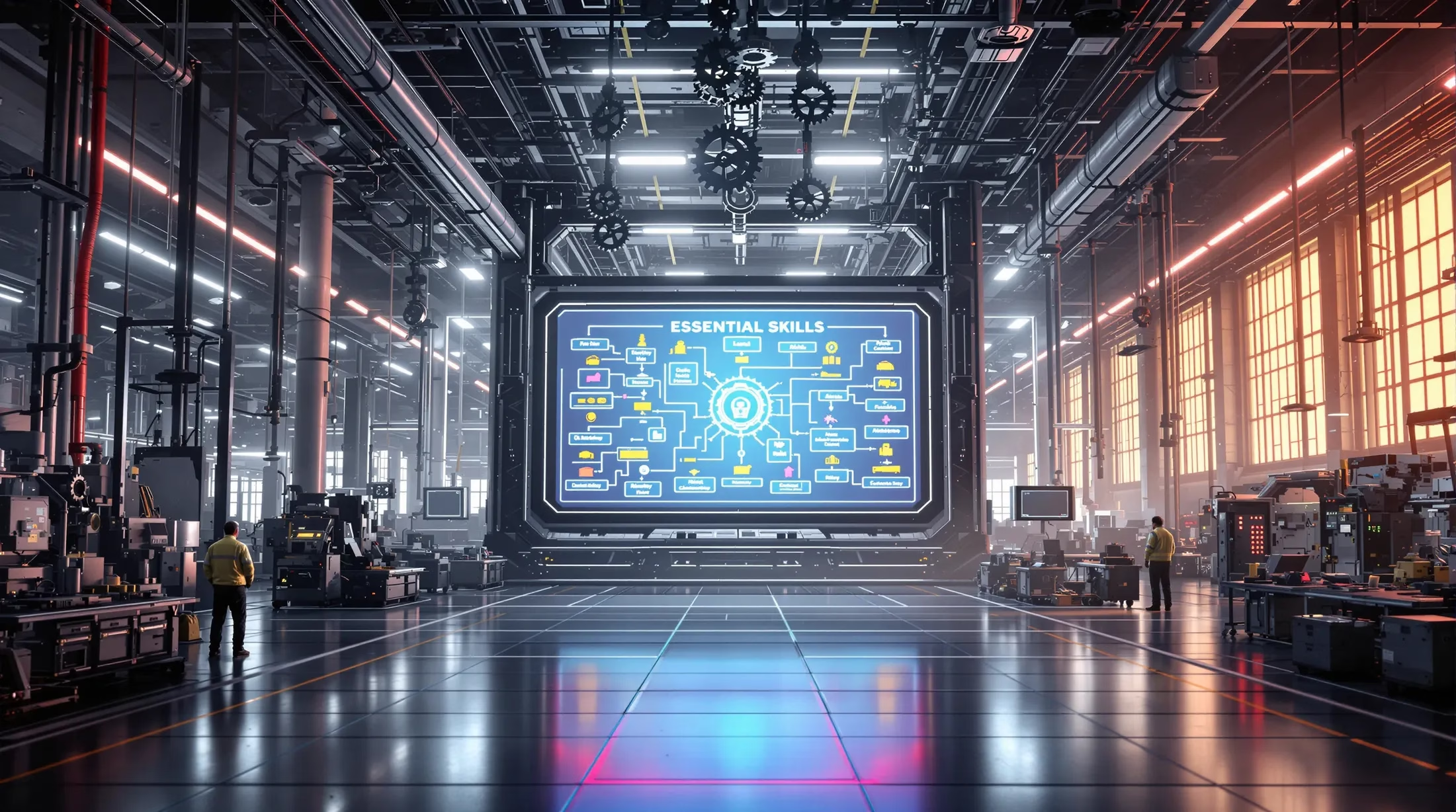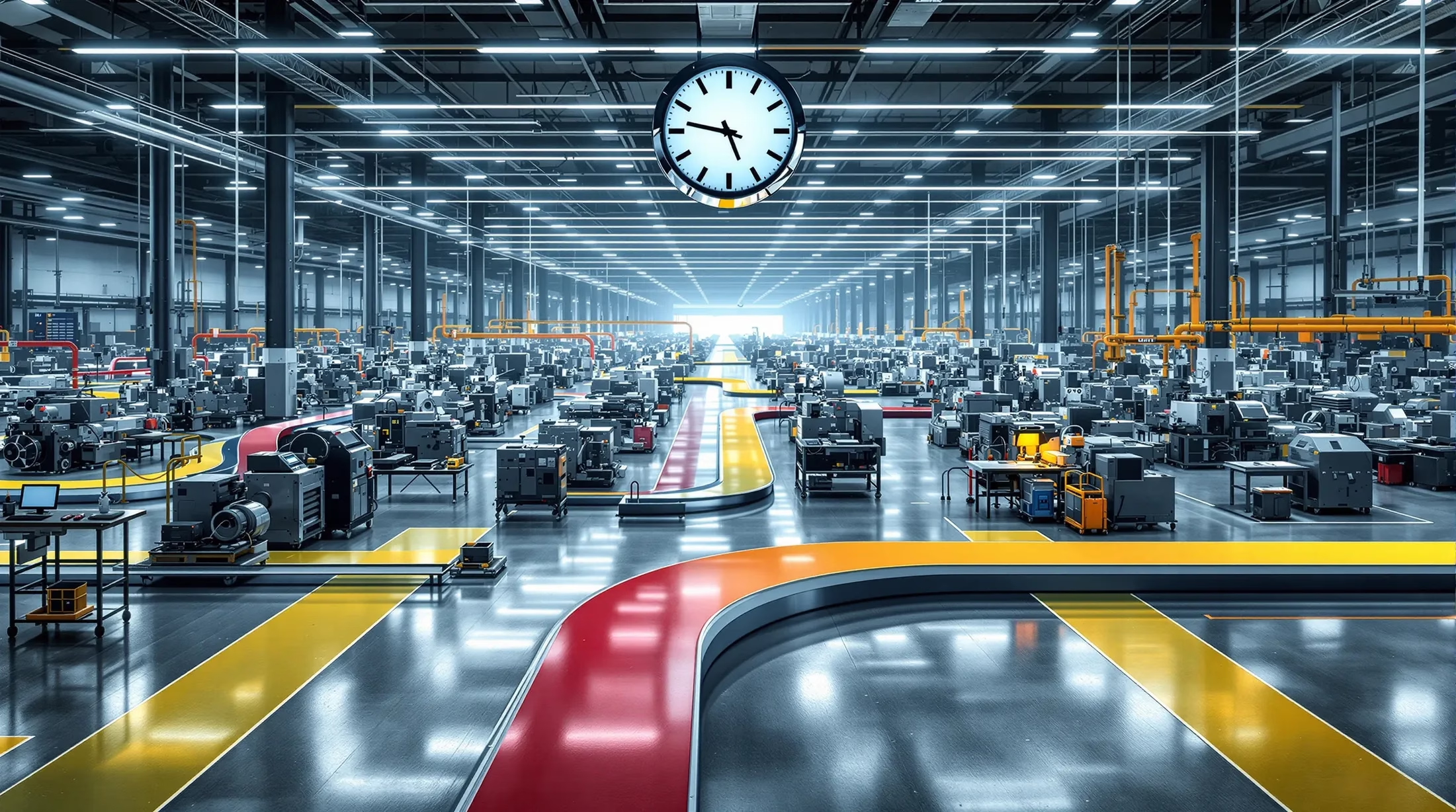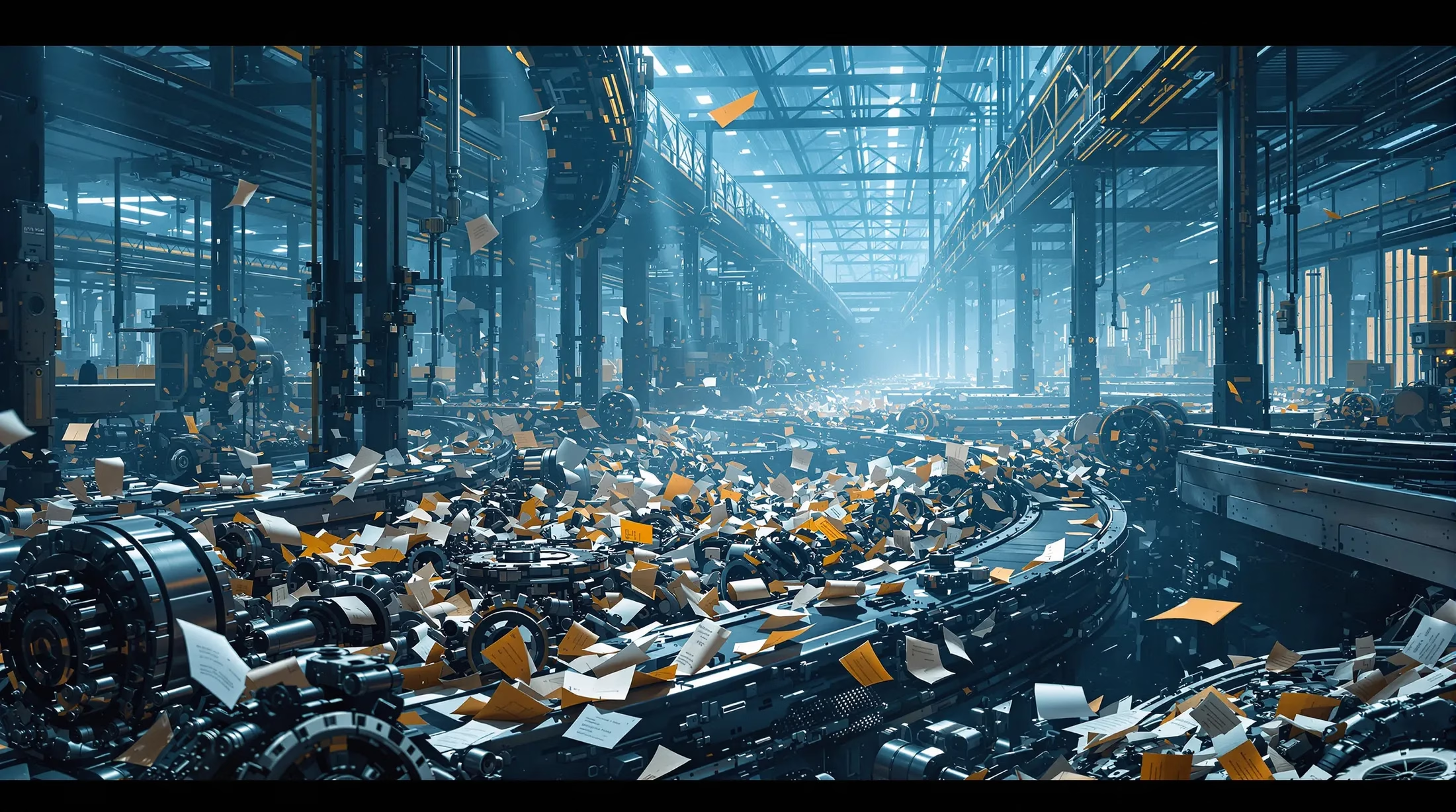Establishing an efficient production line is crucial for manufacturing success in today’s competitive market. Whether you’re setting up a new facility or optimizing existing operations, understanding the fundamentals of production line setup can significantly impact your business outcomes. Let’s explore the essential components and strategies for creating a successful production system.
Understanding Production Line Setup
Production line setup forms the backbone of modern manufacturing operations, creating a systematic approach to transform raw materials into finished products. At its core, a production line is a carefully orchestrated sequence of workstations, each performing specific tasks that contribute to the complete manufacturing process. When designed with lean manufacturing principles in mind, these systems can dramatically increase output while reducing waste and operational costs.
Before implementing a production line, it’s essential to evaluate your current manufacturing process thoroughly. This assessment should examine:
- Sequence of operations
- Cycle times
- Material flow
- Potential bottlenecks
- Resource allocation needs
- Supply chain integration points
The Importance of Efficient Production Lines
Production line efficiency—measured as the ratio of output to input—is a critical metric in manufacturing success. An efficient production line effectively utilizes materials and resources while minimizing waste and maximizing output. Companies that optimize their production efficiency can meet customer demands more promptly, delivering high-quality products consistently while keeping operational costs in check.
Benefits of streamlined production processes include:
- Elimination of bottlenecks
- Reduced cycle times
- Enhanced Overall Equipment Effectiveness (OEE)
- Improved worker safety
- Better resource utilization
- Increased profitability
Types of Production Lines
| Type | Characteristics | Best Suited For |
|---|---|---|
| Continuous Flow | Fixed sequence, uninterrupted movement, minimal inventory | High-volume standardized products |
| Cellular Production | Cell-like configuration, grouped processes | Moderate variety and volume |
| Flexible Assembly | Modular workstations, quick changeover | Multiple product types, customization |
Key Steps in Setting Up a Production Line
Setting up an effective production line involves a strategic approach that begins with a thorough evaluation of your current manufacturing processes. The success of your production line hinges on careful planning and methodical execution across multiple dimensions. By implementing lean manufacturing principles, companies can reduce waste, minimize production time, and increase overall output quality.
Designing the Layout for Optimal Flow
An optimized production line layout forms the cornerstone of manufacturing efficiency. The design must accommodate the natural flow of materials and components through the production process while minimizing unnecessary movement and transport.
Key layout considerations include:
- Material flow from receiving through shipping
- Strategic workstation positioning
- Operator access points
- Material replenishment paths
- Equipment maintenance accessibility
- Visual management systems implementation
Implementing Standardized Work Processes
Standardized work forms the foundation of consistent, high-quality production by establishing the best sequence and methods for each operation. The implementation process should focus on:
- Defining product families with similar requirements
- Calculating takt time for customer demand alignment
- Documenting precise steps and timing
- Creating standard work documents
- Implementing SMED techniques for quick changeovers
- Establishing regular audit procedures
Balancing the Production Line
Line balancing ensures optimal workload distribution across all stations, eliminating bottlenecks and minimizing idle time. The primary objective is to synchronize operations so each workstation maintains similar cycle times, facilitating smooth product flow throughout the production process. This process begins with a comprehensive time study of each operation to establish the current state. Yamazumi charts visually represent these time elements, making imbalances and redistribution opportunities readily apparent. The most effective balancing strategies involve breaking complex tasks into smaller, manageable elements that can be evenly distributed among workstations.
- Conduct detailed time studies of operations
- Create visual representations using Yamazumi charts
- Break down complex tasks into smaller elements
- Redistribute workload evenly across stations
- Monitor and adjust for continuous optimization
Product-quantity analysis significantly influences balancing decisions by revealing volume patterns and variations across the product mix. This data helps determine whether to establish dedicated lines for high-volume products or implement flexible systems capable of handling greater variety. The balancing process often requires:
- Physical workstation rearrangement
- Work method modifications
- Implementation of specialized fixtures
- Regular monitoring and adjustment protocols
- Response strategies for product mix changes
Utilizing Technology in Production Line Setup
Modern production line success increasingly depends on technology integration, transforming traditional manufacturing operations into data-driven, highly efficient systems. Advanced digital tools enhance data collection, analysis capabilities, and real-time decision-making processes. These smart production environments continuously optimize performance while minimizing downtime and waste.
| Technology Benefit | Impact |
|---|---|
| Automated Systems | 30% increase in production speed with improved accuracy |
| IoT Sensors | Real-time monitoring and immediate issue resolution |
| Integration Systems | Enhanced coordination between automation and human expertise |
Software Solutions for Production Management
Production management software has evolved into comprehensive platforms offering end-to-end visibility and control. Solutions like Katana provide integrated capabilities for inventory control, production scheduling, and order management, synchronizing operations across the entire manufacturing process. These systems maintain real-time inventory counts, automatically adjust material requirements, and provide accurate delivery timeframes.
- Manufacturing execution systems (MES) for real-time tracking
- Machine downtime monitoring for predictive maintenance
- Advanced scheduling algorithms for resource optimization
- Integrated inventory management systems
- Automated material requirement planning
Incorporating Automation for Efficiency
Strategic automation implementation delivers consistent performance improvements through precise, repeatable processes. This approach focuses on critical production tasks where machines excel, particularly in repetitive operations requiring high precision or handling hazardous materials. Successful automation can reduce cycle times by up to 35% while improving product quality through error elimination.
Low-cost automation provides an accessible entry point for small and medium manufacturers, offering solutions such as simple mechanical aids, sensor-based quality checks, and semi-automated material handling systems. The integration of automated systems with production management software creates powerful feedback loops, enabling continuous improvement through real-time data analysis and self-optimization capabilities.
Continuous Improvement and Customization
Continuous improvement drives manufacturing operations toward higher efficiency and adaptability levels, enabling dynamic responses to market demands while systematically eliminating waste. Through structured improvement methodologies, companies develop production systems that evolve over time, building competitive advantages through incremental gains in quality, cost, and delivery performance.
The synthesis of continuous improvement with mass customization capabilities transforms traditional production paradigms, allowing manufacturers to offer personalized products without compromising efficiency. This approach addresses growing consumer demand for individualized offerings while maintaining economical production methods, creating resilient systems capable of adapting to market preferences while consistently delivering value.
Applying Lean Principles for Continuous Improvement
Lean principles establish a robust framework for sustainable continuous improvement in production environments. The methodology focuses on eliminating various forms of waste while maximizing value-adding activities that directly benefit customers.
- Motion waste reduction through optimized workflows
- Inventory management optimization
- Waiting time elimination strategies
- Overprocessing prevention techniques
- Value stream optimization methods
Organizations implement structured improvement approaches through kaizen events, concentrating resources on specific process challenges for rapid transformation. Daily management systems support these initiatives by:
- Standardizing abnormality identification processes
- Implementing effective countermeasures
- Tracking performance against defined targets
- Developing internal improvement capabilities
- Building problem-solving competencies
Achieving Mass Customization in Production
| Component | Implementation Strategy |
|---|---|
| Modular Architecture | Standardized components configured for diverse products |
| Flexible Systems | Quick-change tooling and programmable equipment |
| Production Planning | Advanced scheduling systems balancing customization with efficiency |
One-piece flow methodology serves as a critical enabler for mass customization, facilitating individual unit processing rather than batch production. This approach significantly reduces lead times while enhancing quality control through immediate verification processes. Organizations achieve waste minimization through standardized customization procedures, maintaining production rhythm while managing product variations.
Digital technologies play a vital role in streamlining customization capabilities. Advanced configurators and automation systems efficiently translate customer requirements into production specifications, maintaining the efficiency advantages of streamlined production while delivering personalized products at near-mass production efficiency levels.
